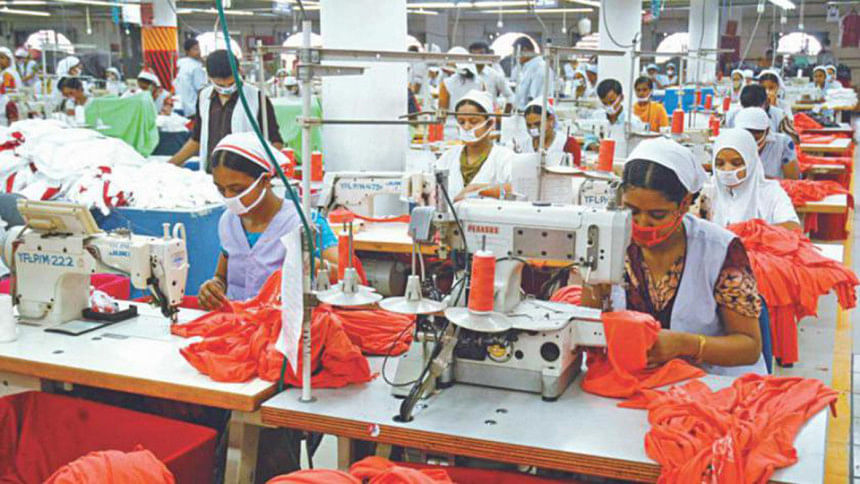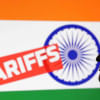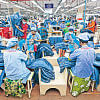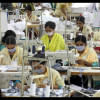Bangladesh can create millions of jobs in RMG sector: WB study

Bangladesh can create millions of jobs for garment workers through improving the productivity and social and environmental compliance, according to a new study by the World Bank (WB).
Currently, country’s garment sector employs 4.4 million workers, of whom 80 percent are women.
The study said China is the largest apparel supplier having 41 percent global market share, Bangladesh is the second largest apparel supplier with 6.4 percent share. Bangladesh is likely to benefit from the shifting of work orders from China, as China is losing its market share due to higher cost of production.
The study titled ‘Stitches to Riches? Apparel employment, trade, and economic development in South Asia’ was conducted with the data of 2012.
The WB Bangladesh office shared the findings of the study at a seminar at the Bangladesh Institute of Development Studies (BIDS) office in Dhaka today.
A 1 percent increase in Chinese apparel prices could increase firm’s demand for female labour by 0.44 percent in Bangladesh and 1 percent increase in output could increase firms’ labour demand by about 0.3 percent in Bangladesh, according to the study.
The study also said a 1 percent increase in Chinese apparel prices could increase the demand for Bangladeshi apparel items to the United States by 1.36 percent.
The findings said a 1 percent increase in apparel outputs is associated with a 0.3 to 0.4 percent increase in employment for both men and women in Bangladesh, Pakistan, and Sri Lanka, all three South Asian nations.
These results suggest that the sector has a larger potential for job generation in South Asia in response to an increase in exports than other industries, especially for women.
Regarding the findings of the study, Mustafizur Rahman, executive director of the Centre for Policy Dialogue (CPD), said South Asian nation, particularly, Bangladesh might not be benefited from the China plus one policy as some other countries like Vietnam and Cambodia are benefiting from the work order shifts from China.
“We have to take into cognizance the productivity factor of the worker, if we want to export more,” said Rahman.
The study findings suggest a significant employment generation potential for both males and females in all four South Asian countries including Bangladesh, India, Pakistan and Sri Lanka for export to the US markets. However, Sri Lanka is the big winner with respect to EU market.
The study also found that for the US market, a 10 percent increase in Chinese apparel prices would increase apparel employment in Pakistan for males by about 8.93 percent followed by Bangladesh 4.22 percent, India 3.32 percent and Sri Lanka less than 1 percent.
For EU market, a 10 percent increase in Chinese apparel prices would increase apparel employment in Sri Lanka for males by 8.55 percent, followed by India by 4.30 percent, with Bangladesh and Pakistan experiencing small decreases.
Bangladesh has steadily increased its share of global apparel trade above the world average and greater than China but lower than that of the Southeast Asian countries.
The study report highlights that Bangladesh needs to improve performance on non-cost factors important to global buyers.
Successfully implementing reforms will help Bangladesh increase exports and capture more jobs from China’s gradual exit from the clothing market and compete with Vietnam, Cambodia, and Indonesia.
For the US market, a 10 percent increase in Chinese apparel prices would increase apparel employment in Bangladesh by 4.22 percent.

 For all latest news, follow The Daily Star's Google News channel.
For all latest news, follow The Daily Star's Google News channel. 








Comments